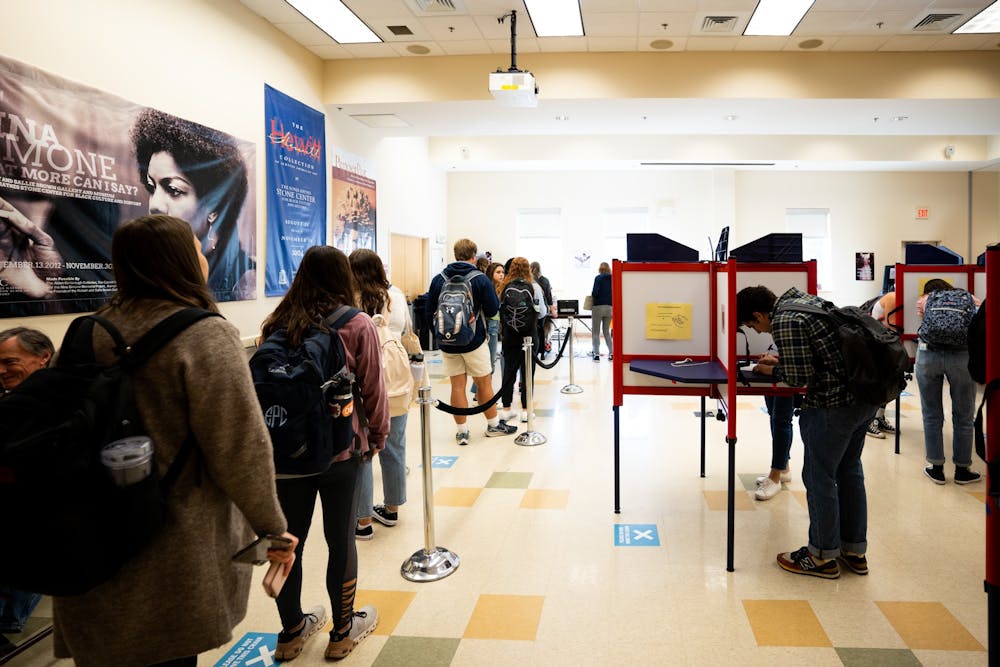In 1971, the U.S. Congress passed the 26th Amendment, lowering the voting age from 21 to 18. In 1972, the first presidential election year since the change, UNC graduate student Gerry Cohen wanted as many students as possible to exercise their newfound right to vote.
He and some friends put together a group called Campaign for Young Voters and led a registration drive. At the time, the only place to register to vote in Chapel Hill was the municipal building on North Columbia Street, which was only open on weekdays and closed during lunch. Cohen’s group drove students back and forth, and he even recalls going into a bar and herding people to register.
“We got registrars to come to campus several times a semester, and it was basically dragging people, and we were going door to door in dorms, knocking on doors and handing out information and voter registration and getting people, sort of like the Pied Piper, ‘follow me to the pit where voter registration is going on,” Cohen said.
In the end, Cohen helped over 7,000 students cast their first ballot.
While participation among voters aged 18 to 25 remains lower than older age groups, movements like these actively help students vote, Benjamin Waterhouse, UNC history professor, said.
“We like to imagine that voting is just this easy and obvious thing that everybody does, and they do it if they feel their overall engagement with political systems determines it — that's part of it," he said. "The ease of voting is historically really relevant."
Even since the 26th Amendment was passed, students still face barriers that limit the ease of the process. In the 10 years after the 1972 election, Cohen saw multiple court cases challenging college students’ ability to vote, including one in 1978 where he acted as a defendant in a case that argued whether students were allowed to register with their college address.
In 2020, when a historically high 60 percent of registered North Carolinians aged 18-25 voted, and more than 82 percent of eligible UNC students voted, Waterhouse said voting was particularly easy because of pandemic rule changes. UNC was also combined into a super precinct that year, meaning all students could vote at one location, the Sonja Haynes Stone Center for Black Culture and History.
Waterhouse also said some of the elections with the highest young voter turnout have involved a generational shift, where a younger candidate symbolized significant change. These include Bill Clinton’s 1992 “Rock the Vote” campaign with MTV, and Barack Obama’s 2008 candidacy, when registered young voter turnout in N.C. was over 63 percent, compared to 53 percent in 2016.




